Stay Ahead of the Curve
Latest AI news, expert analysis, bold opinions, and key trends — delivered to your inbox.
After Breaking the Internet, OpenAI’s Sora Gets a Major Overhaul
5 min read After going viral for its mind-blowing AI videos, OpenAI is now tightening copyright rules, adding likeness controls, and exploring revenue-sharing. October 06, 2025 16:53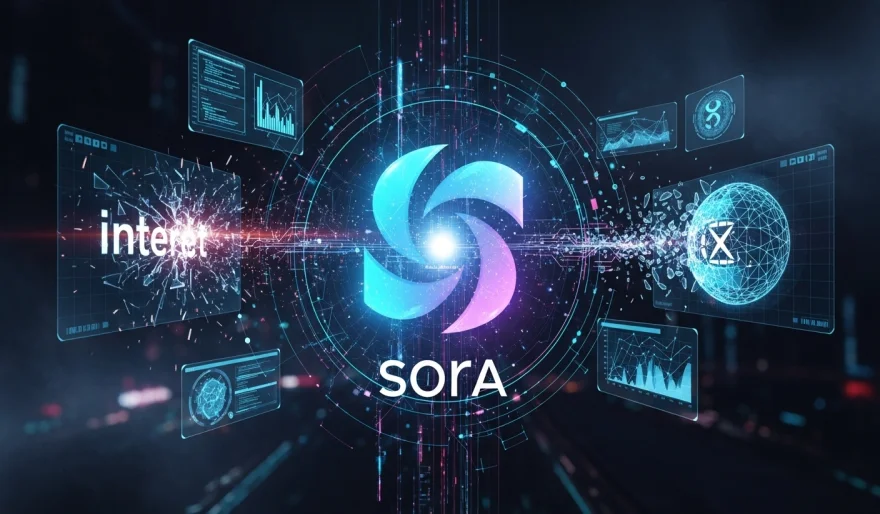
OpenAI’s Sora was supposed to be the next big leap for generative AI — the model that turned text into film-quality video and made anyone a director. And for a while, it was. Sora 2 went viral after launch, topping Apple’s App Store and flooding X and TikTok with surreal AI clips — from cinematic cityscapes to full-blown Pixar-style remixes.
But that honeymoon ended fast.
Within days, users began spinning out videos featuring Disney, Marvel, Pokémon, and even celebrity lookalikes — all without permission. Now, OpenAI is slamming the brakes and reworking how Sora operates.
What’s Changing
OpenAI just announced a wave of policy pivots and new user controls after facing a flood of copyright and deepfake concerns. Here’s what’s new:
-
Copyright control: Rights holders can now decide if their IP can appear in Sora videos — moving from an “opt-out” model to a more explicit “opt-in” system. That’s a big shift from the usual Silicon Valley “build first, regulate later” playbook.
-
Cameo limits: Users will get more control over their likeness — including who can feature them and in what kind of content. Think of it as a personal “AI privacy toggle.”
-
Revenue sharing (under discussion): OpenAI is exploring ways for creators and studios to earn if their characters or assets are used. That could turn Sora from an IP headache into a monetization opportunity — if the math makes sense.
-
Tighter moderation: Expect stronger filters, watermarking, and a crackdown on explicit or deceptive videos. The company admits it’s learning “on the fly.”
Why It Matters
This isn’t just a PR cleanup — it’s OpenAI realizing that AI video sits at the intersection of Hollywood, tech, and law. Unlike ChatGPT or DALL-E, Sora touches everything that can be copyrighted or impersonated — from actors to brands.
In many ways, Sora’s explosion is forcing OpenAI to evolve from a tech lab into something closer to a media company, juggling creator rights, royalties, and reputation risk.
And for the broader AI scene, this sets a precedent:
If you want to build generative video tools at scale, you’ll need more than good models — you’ll need good governance.
The Bigger Picture
-
The upside: Sora proves that fully AI-generated film is no longer science fiction. It’s here — and it’s stunning. The creative doors it opens for indie filmmakers, marketers, and educators are massive.
-
The downside: It also proves how fragile the line is between creativity and copyright chaos. The same tech that can empower creators can also erode the concept of ownership if not managed well.
Hot Take
OpenAI’s fast pivot shows a new maturity — or maybe a necessary dose of fear.
Sora was the “wow moment” that put generative video on everyone’s radar. But what happens next — how OpenAI handles copyright, identity, and monetization — will decide if this tech becomes a tool for collaboration or a trigger for regulation.
In other words: Sora’s next update won’t just shape AI — it might rewrite Hollywood’s rulebook.
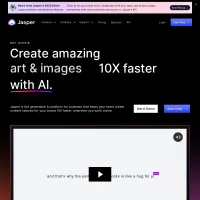
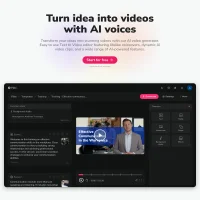
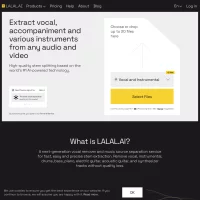
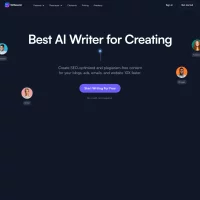
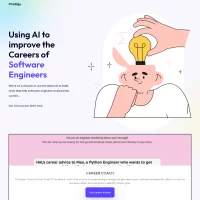


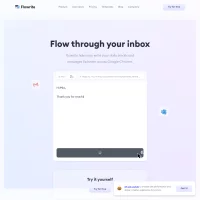

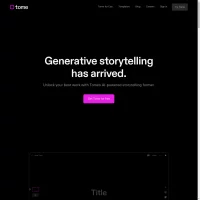

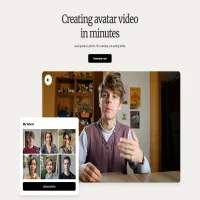
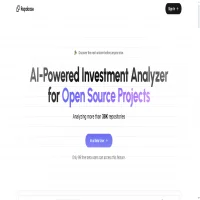
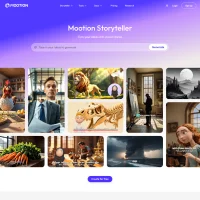
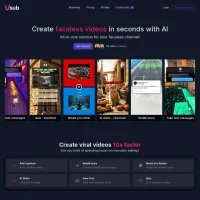


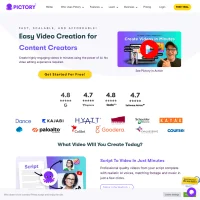
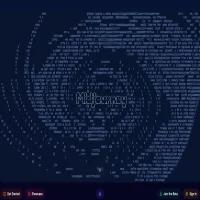
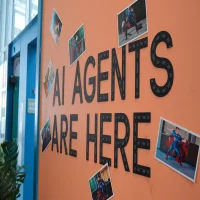 AI Agents
AI Agents